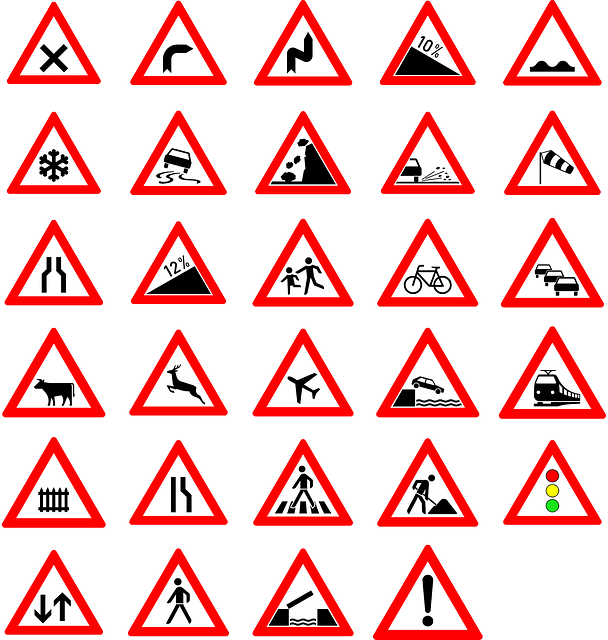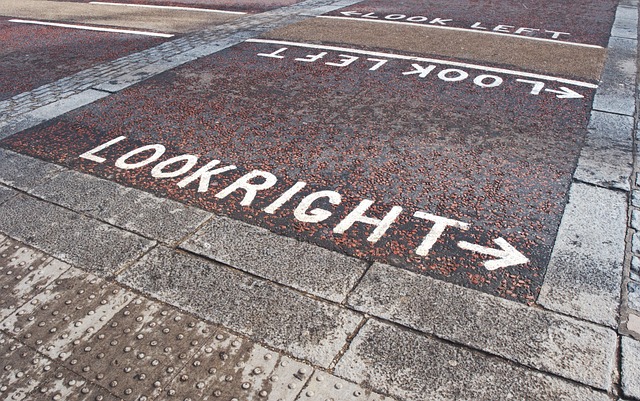
Be honest, when was the last time you looked at your Highway Code?
If you’re like 55% of UK drivers, it was the day you passed your test. For a forty-year-old driver, that could be 23 years. For someone who is 60, it could be 43 years.
Given that the Highway Code has had 24 revisions in the last 15 years, including a major update in 2022, that raises questions about how well today’s drivers know the rules of the road. To find out, Go Compare recently commissioned a survey from YouGov. The results, gained from 2000 respondents, are interesting.
Below, we’ll list some of their questions and add in a bonus one of our own.
Let’s see how you do. If you find the questions laughably easy, for extra points you can guess what percentage of surveyed drivers got the answer wrong.
Your quick highway code quiz (answers in the next section)
With thanks to Go Compare. You can find a more thorough analysis of their results here.
- It’s illegal to use your mobile phone when supervising a learner driver – true or false?
- You can drive the morning after drinking as alcohol levels reset after sleep – true or false?
- You can tow an uninsured vehicle as long as the vehicle being driven is insured – true or false?
- You can sound your horn when picking someone up to let them know you’ve arrived – true or false?
- You don’t need a fixed stand to use your mobile phone as a sat nav as long as screen visibility is clear – true or false?
- If you drive without washer fluid you can receive a fine and penalty points – true or false?
- Bonus question. When should you give way to pedestrians when you’re turning at a junction?
(a) when they are already crossing (b) when they are clearly intending to cross (c) when they’re crossing or intending to cross (d) neither – they should give way to you.
Quiz answers

That image above is just to push the answers down a bit, because we’re not clever enough to put something in that hides the answers until you click it (never mind, we’re good at MOTs, servicing and repairs).
- It’s illegal to use your mobile phone when supervising a learner driver – true.80% of respondents got this right. It’s a bit alarming that the other 20% thought it’s fine to be checking out Instagram in a ton of speeding metal piloted by someone who doesn’t know what they’re doing.
- You can drive the morning after drinking as alcohol levels reset after sleep – false.6% of people got this wrong… but hang on a second. This is where true/false answers lack some nuance. If you drink half a glass of wine and then have eight hours sleep, there’s a good chance your alcohol levels have ‘reset’ – in other words, have fallen to safe levels. Obviously, that’s different from someone who’s consumed a bottle of Jack Daniels the night before.
- You can tow an uninsured vehicle as long as the vehicle being driven is insured – false.This was the second-to-worst answered question, with only 72% correctly answering that it’s illegal to tow an uninsured vehicle. Why illegal? Let’s say that you’re turning right out of a junction and someone ploughs into the uninsured vehicle that you’re towing. If it turns out you’re responsible for the collision, how does the other driver put in a claim?
- You can sound your horn when picking someone up to let them know you’ve arrived – false.94% of people got this right. The other 6% should be dealt with in mediaeval ways. Seriously: get your lazy bottom out of the car and knock the door, or send a text.
- You don’t need a fixed stand to use your mobile phone as a sat nav as long as screen visibility is clear – false.The 2022 Highway Code updates closed a lot of loopholes regarding mobile phone use. It’s now crystal clear: “…you must not use a device in your hand for any reason, whether online or offline.”There are just four caveats. You can legally hold a phone if:
- you need to call 999 or 112 in an emergency and it’s unsafe or impractical to stop
- you’re safely parked
- you’re making a contactless payment in a vehicle that is not moving, for example at a drive-through restaurant
- you’re using the device to park your vehicle remotely
But using it as a sat nav driving along? Nope, that’s definitely out.
- If you drive without washer fluid you can receive a fine and penalty points – true.This was the worst answered question quoted by the Go Compare site, with only 62% getting it right. This might seem a bit draconian, but scientific studies have now proven that being able to see through your windscreen is the safest way to drive a car.
- Our bonus question. When should you give way to pedestrians when you’re turning at a junction? (a) when they are already crossing (b) when they are clearly intending to cross (c) when they’re crossing or intending to cross (d) neither – they should give way to you. It’s (c).Take a gander at Section 170 of the Highway Code. This was one of the changes that came into use in 2022. The overall idea was to develop a new hierarchy of the road, in protect the most vulnerable road users. Yet this is one of the most poorly understood and often-ignored rules of the road. According to the RAC:
- 23% of drivers say they always give way.
- 48% say they give way most of the time.
- 19% say they don’t stop very often.
- 6% say they never stop.
Got all of them right?
Well, look at you! Well done, brainbox. Hopefully, that means you won’t be one of the thousands more drivers who have been clobbered with Fixed Penalty Notices since the latest Highway Code overhaul – which sounds like it’s going to be Part Two of this blog post. See you soon!
The WVS blog covers a wide range of automotive topics, from the contentious to the light-hearted. We are an independent garage specialising in the VW group marques, including Audi, Volkswagen, Skoda and SEAT. WVS provides services, repairs and MOTs, delivering a main dealer level of care at affordable prices. To book your vehicle in, or for any enquiries, get in touch.
